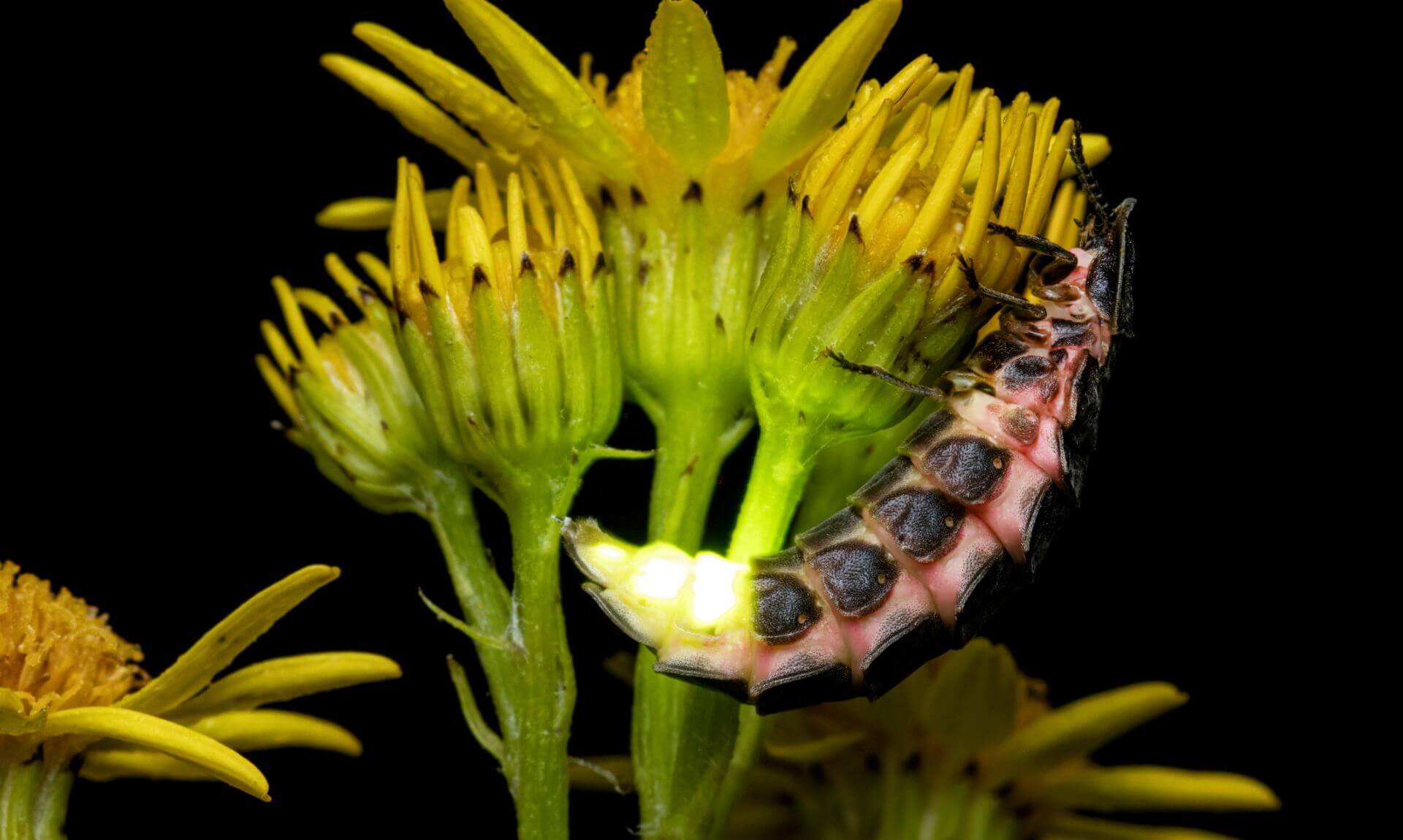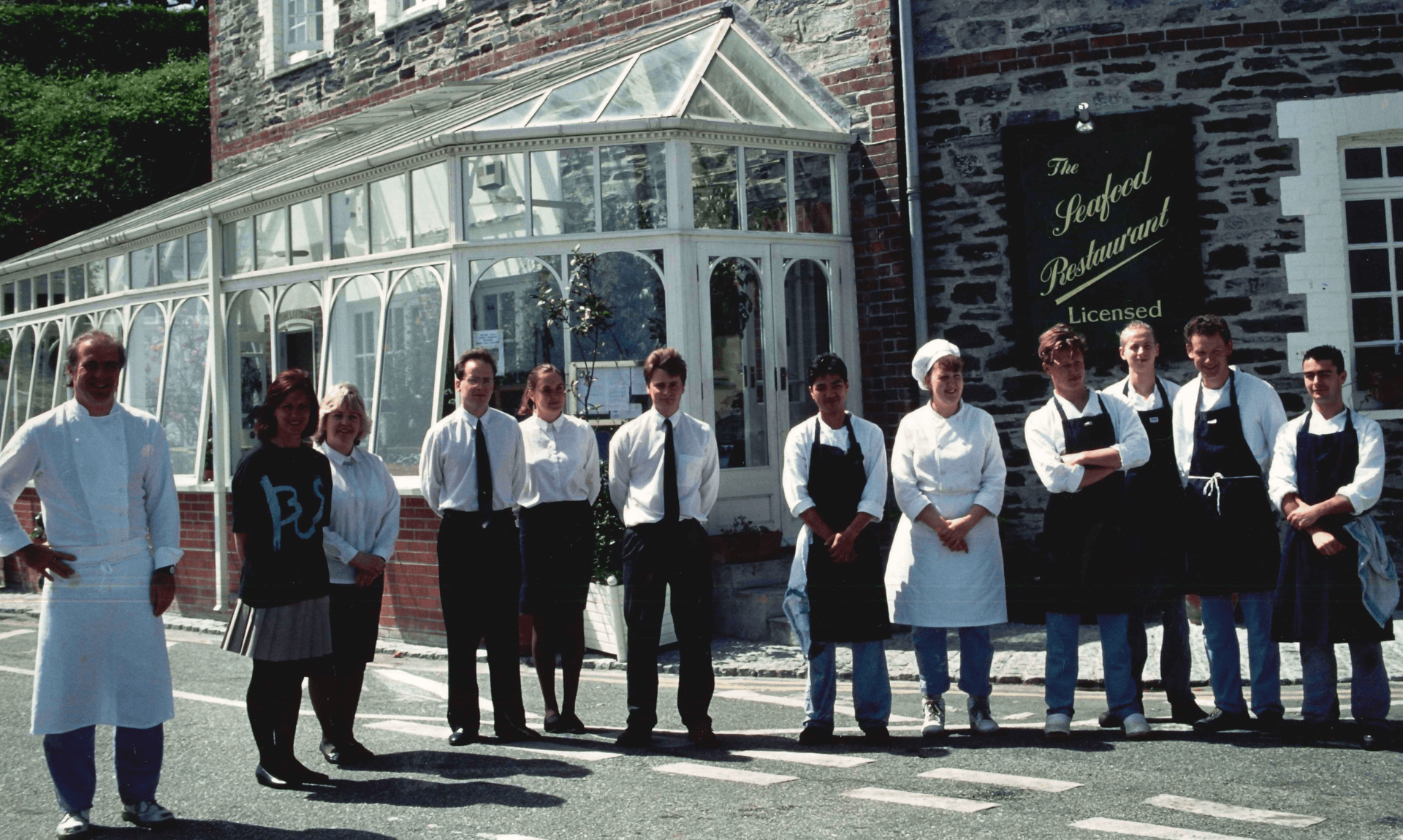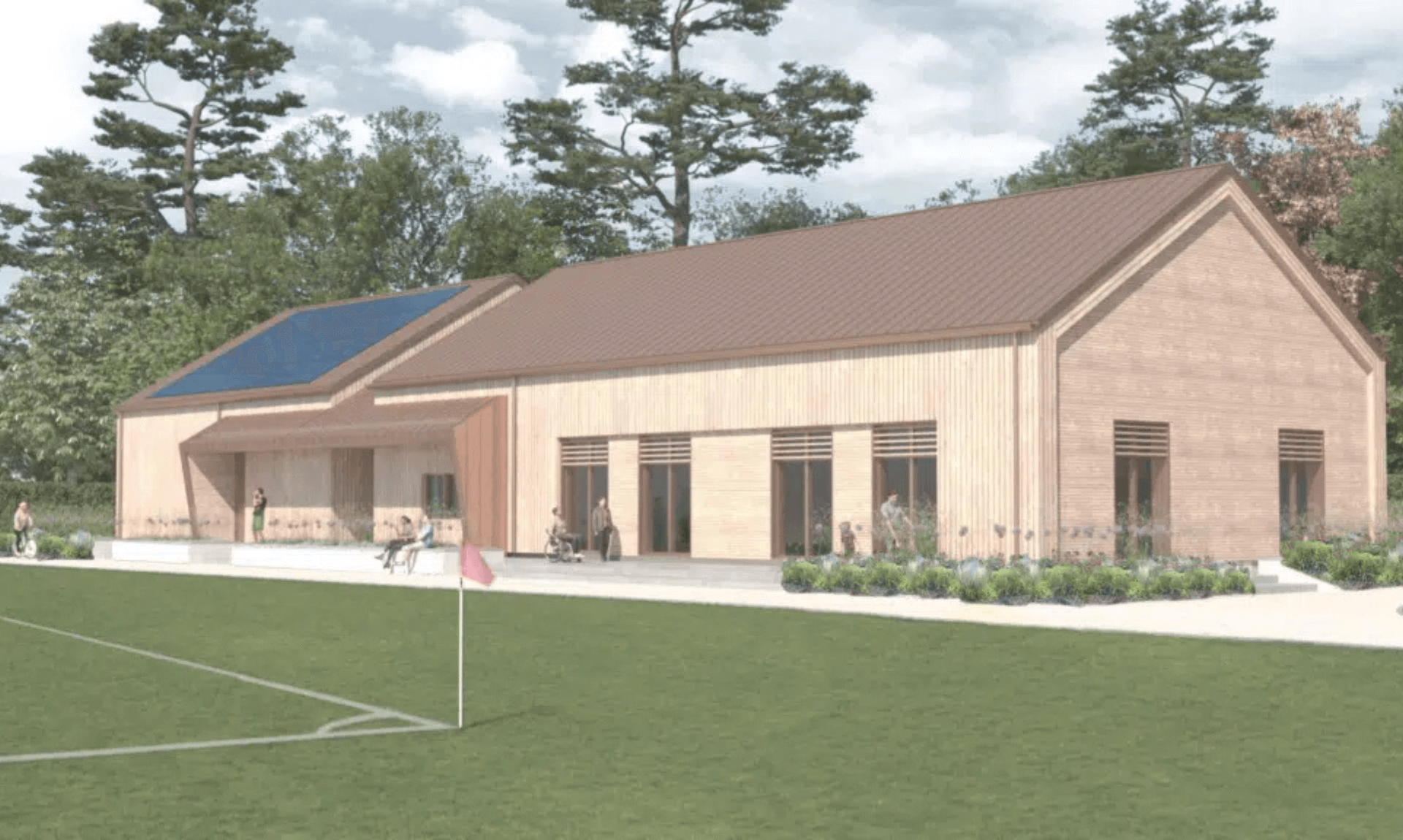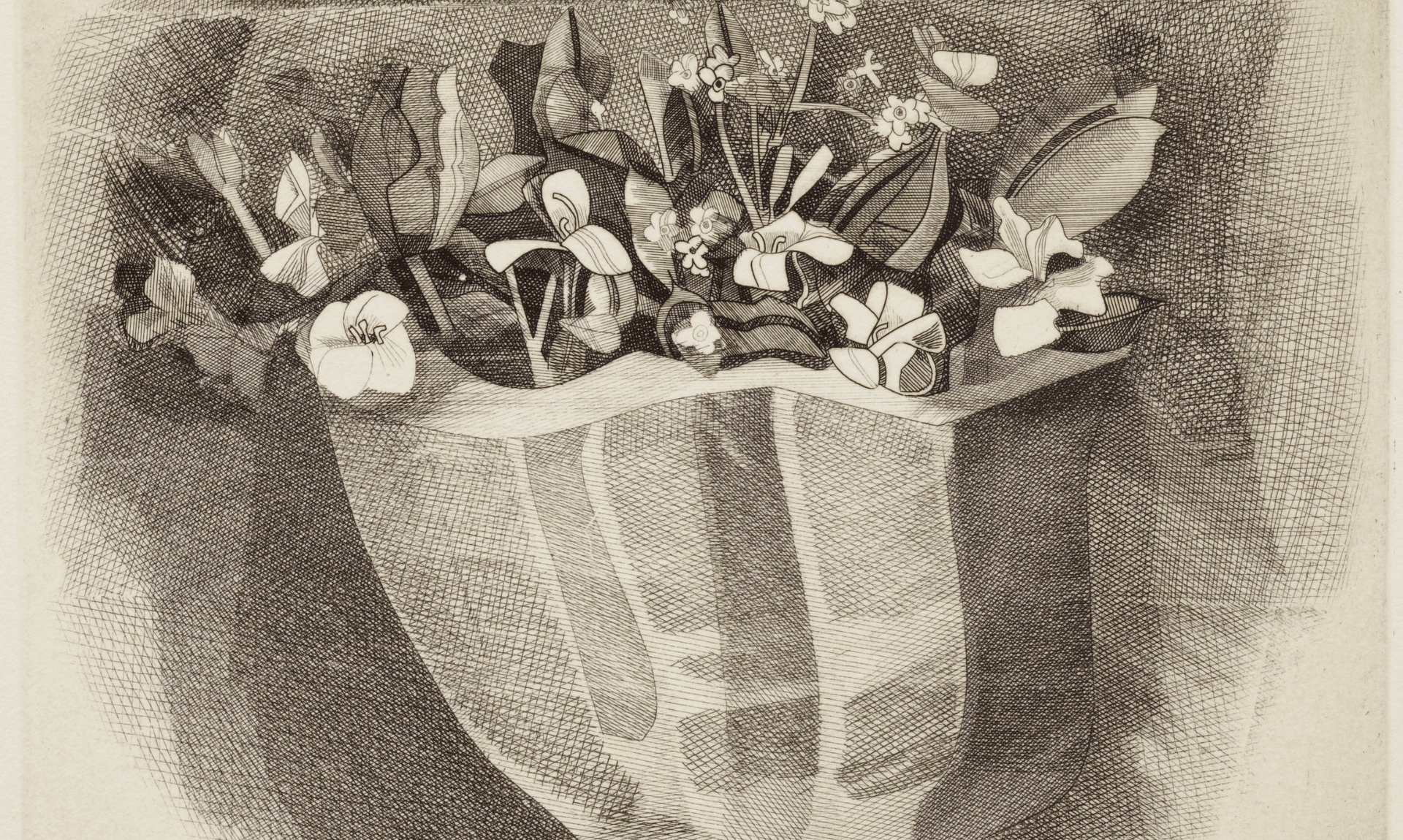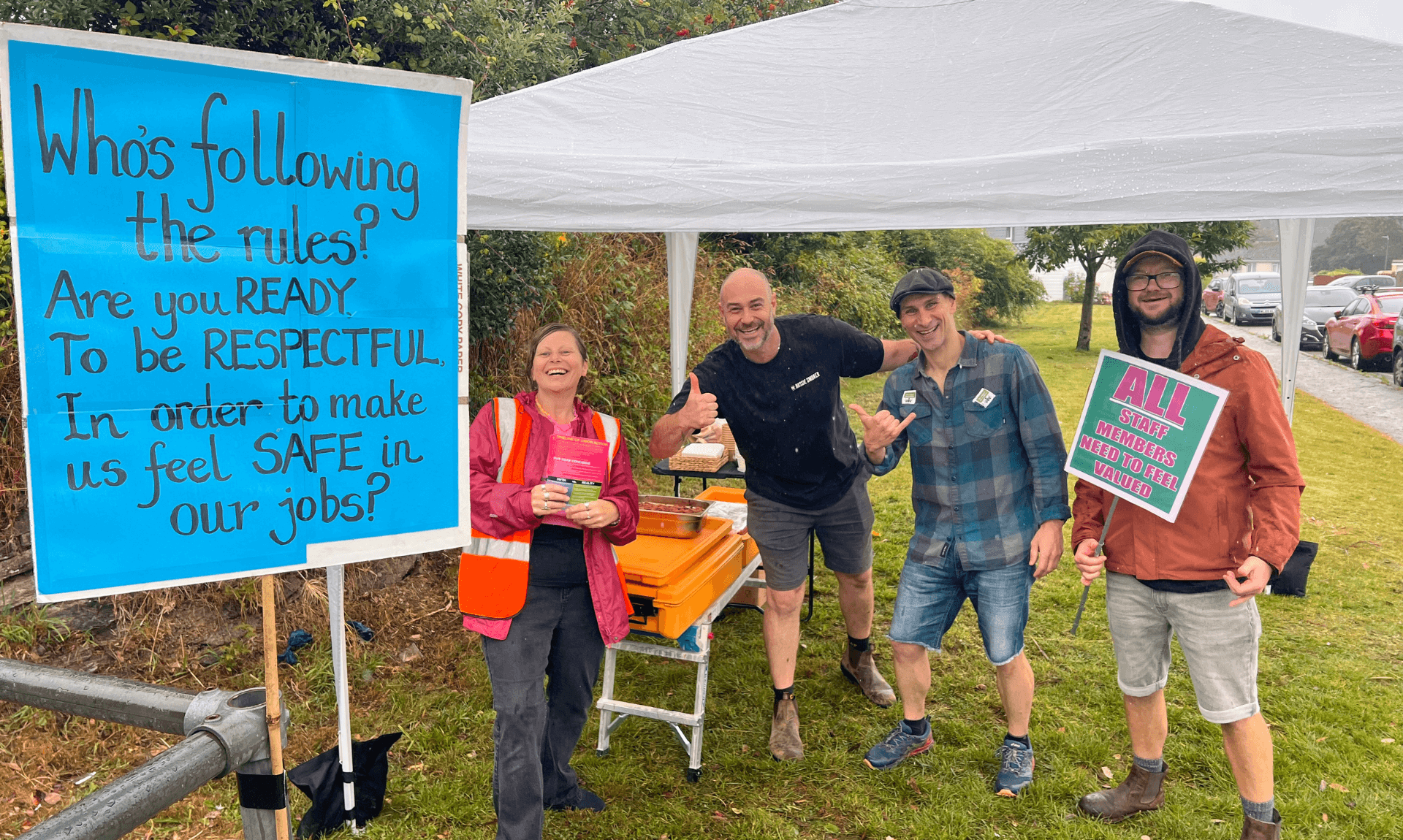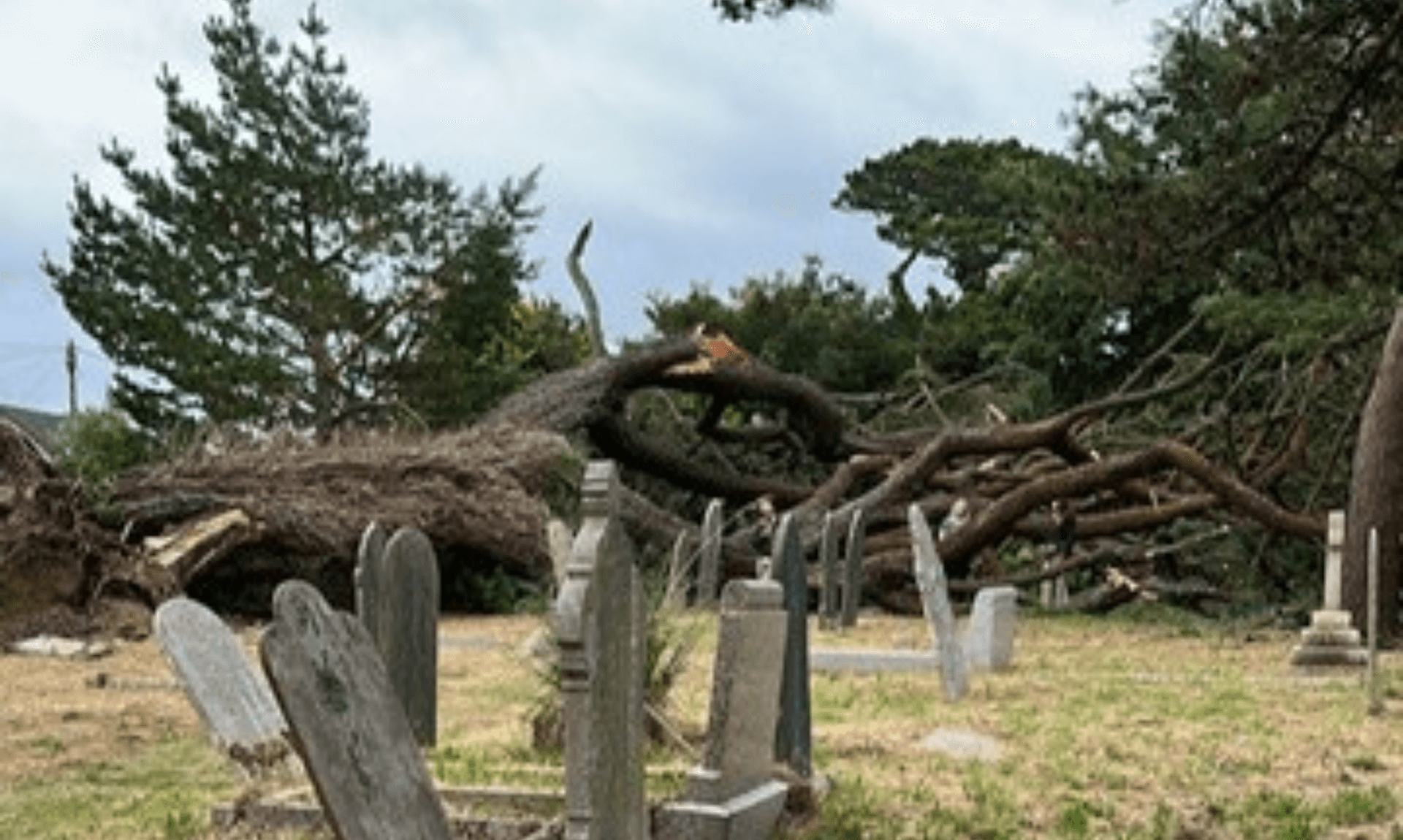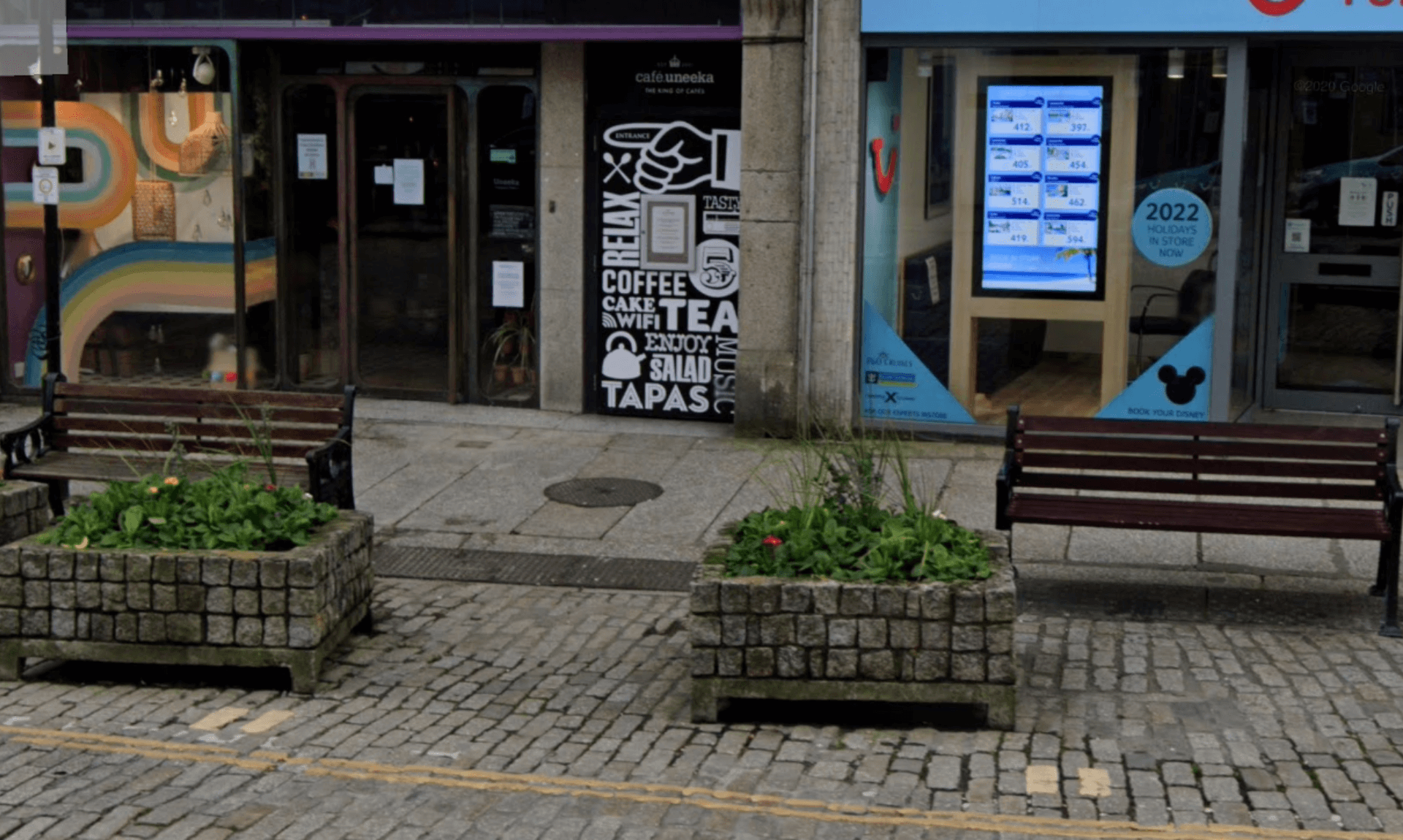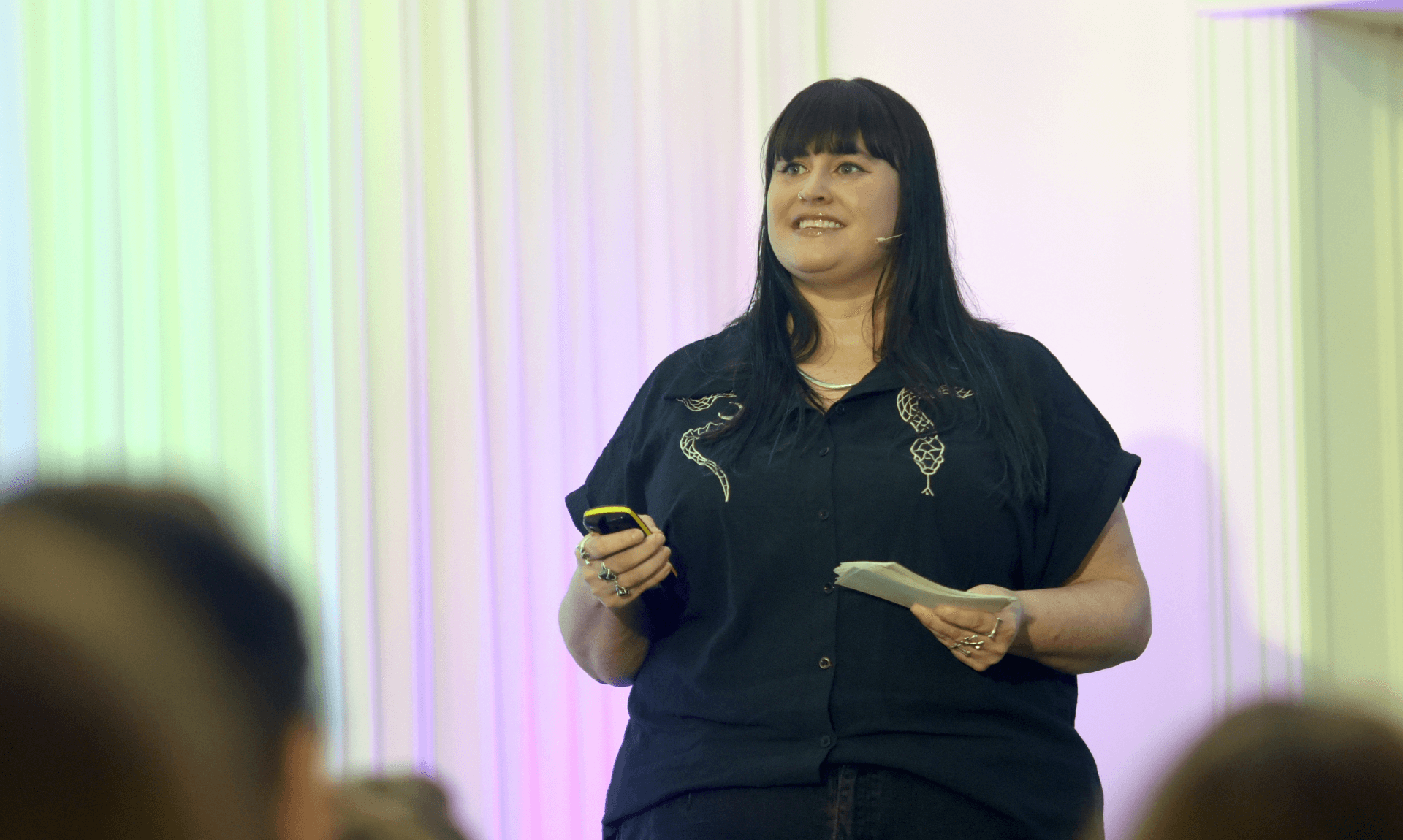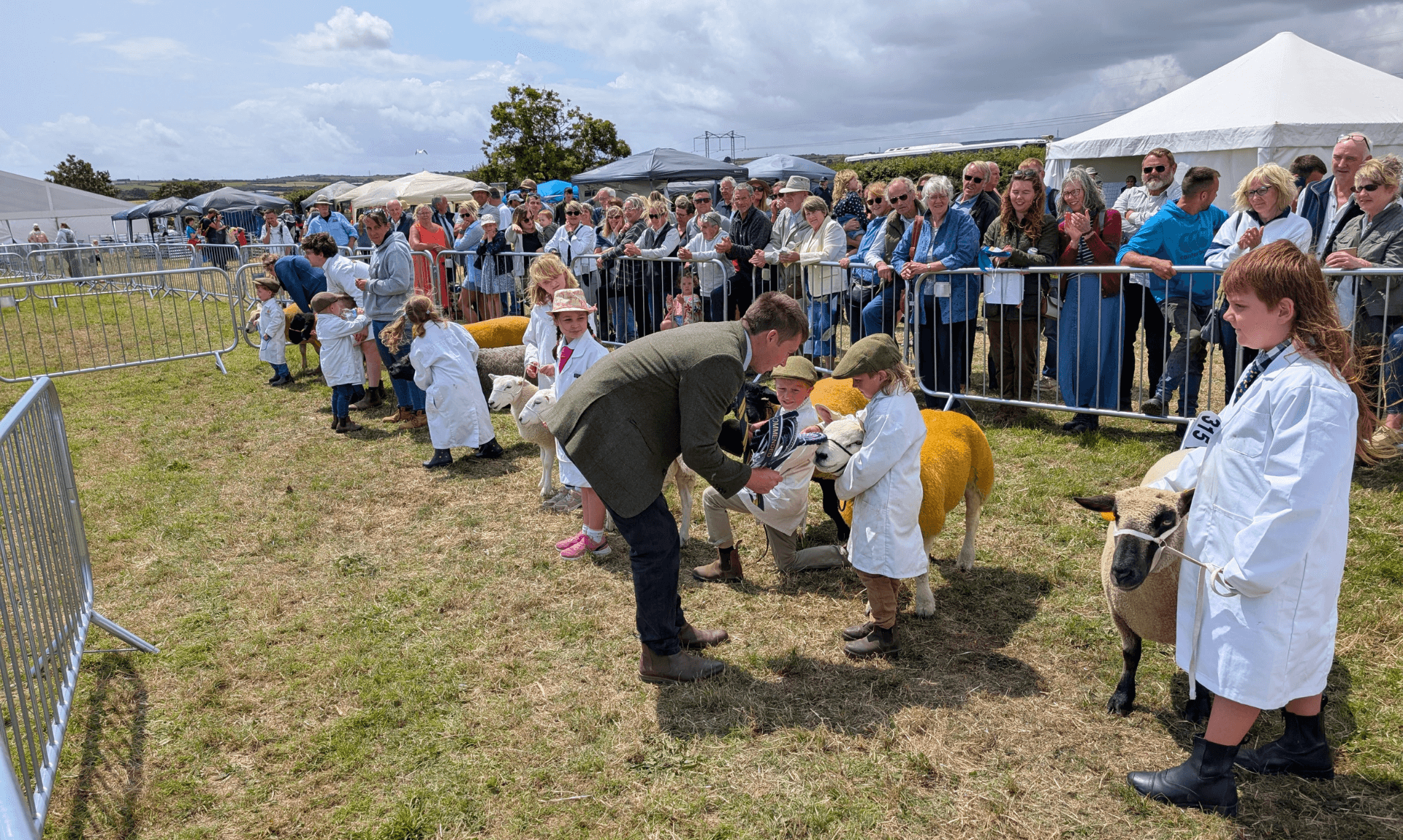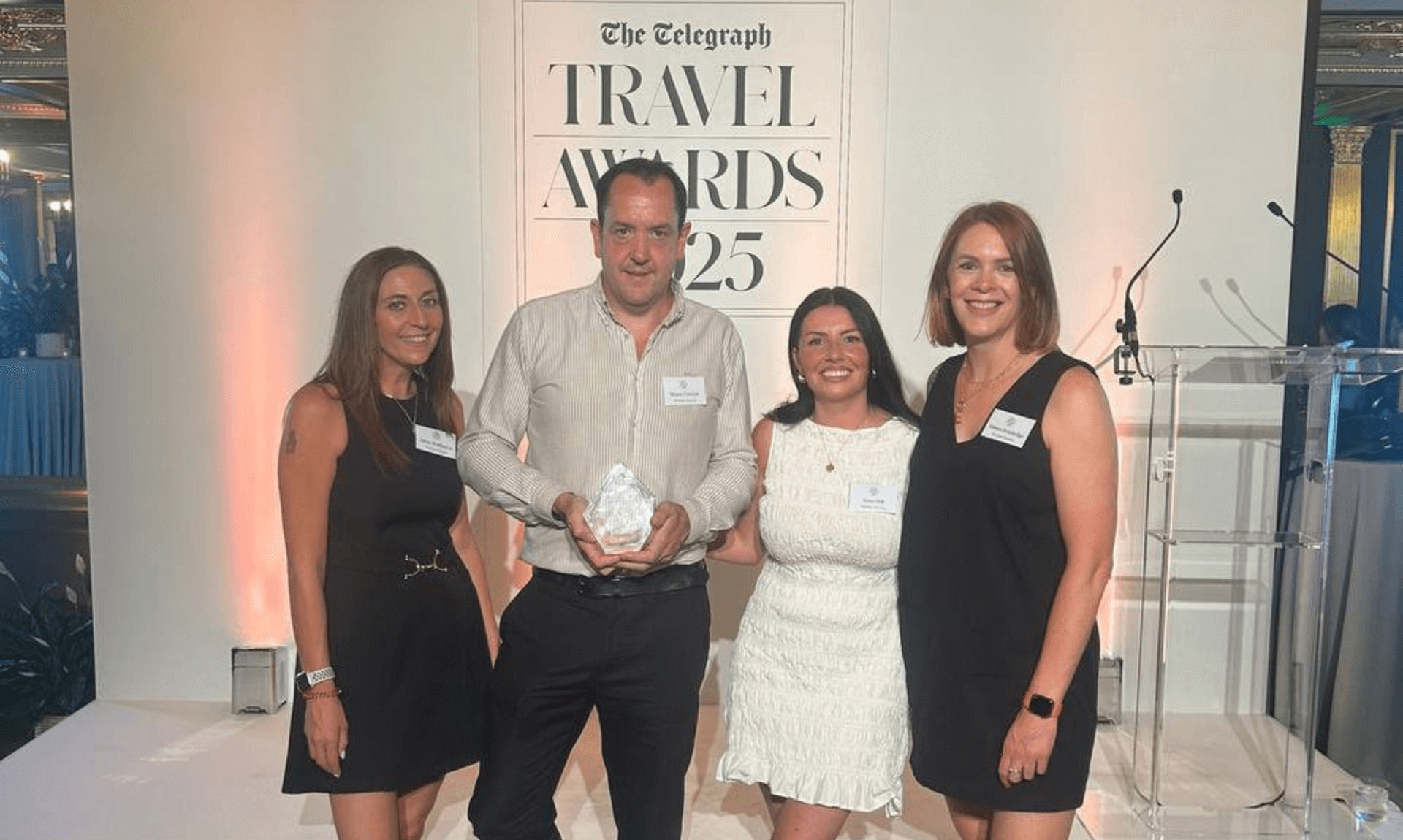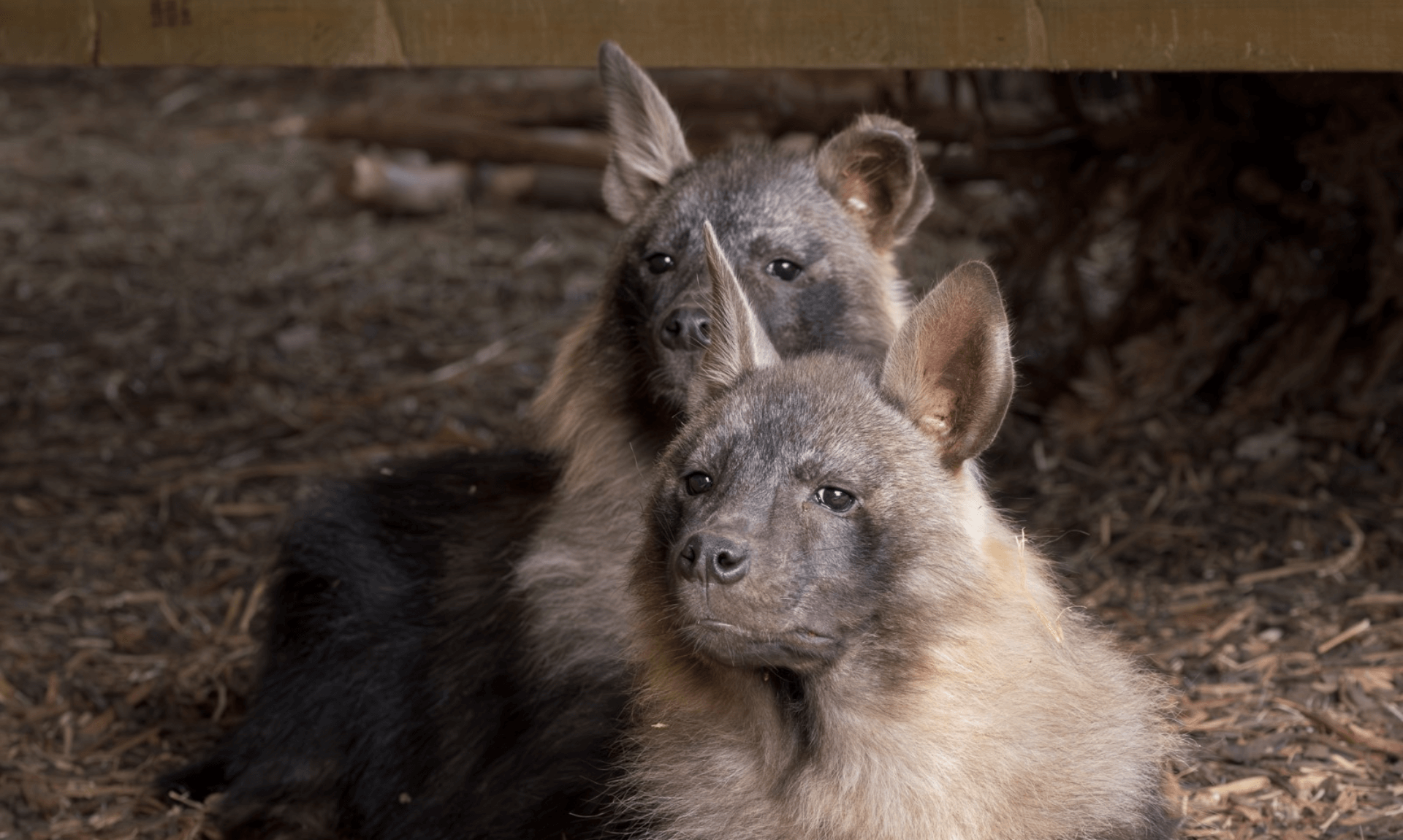The Lost Gardens of Heligan Shines with New Glow-Worm Population
The Lost Gardens of Heligan, one of Cornwall’s most iconic estates, has just welcomed 50 new residents to its already diverse wildlife population. These rare new arrivals are none other than glow-worms, part of a vital effort to boost their dwindling numbers across the UK.
Heligan’s Wildlife Team, in collaboration with Keep It Wild and Derek Gow Consultancy, has introduced these glow-worms to Bugginghum Palace, the UK’s largest bug hotel located within the gardens. This move aims to not only increase the glow-worm population on the estate but also introduce them to a different area within Heligan’s expansive 200 acres.
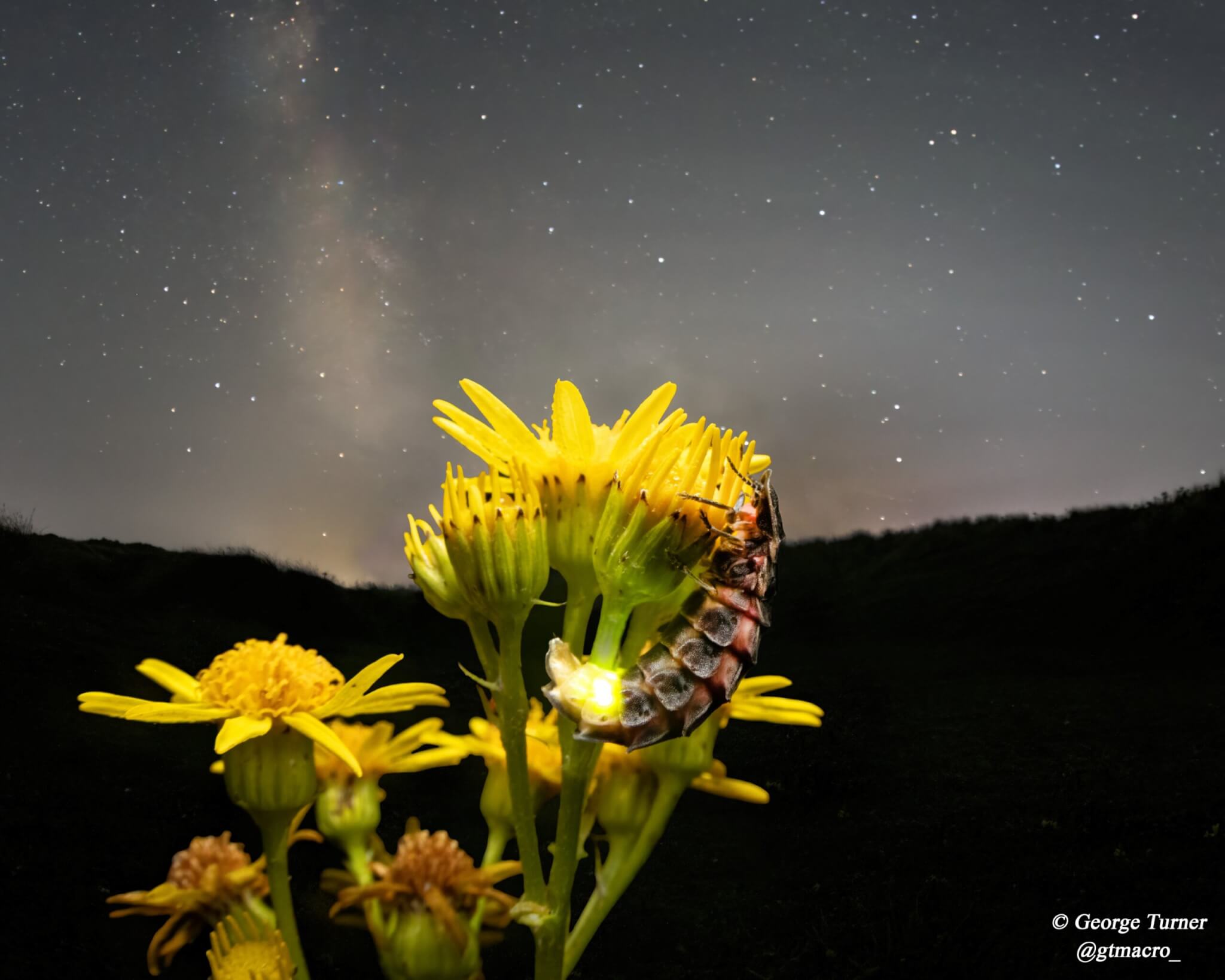
The Decline of the Glow-Worm
The UK’s glow-worm population has been facing a sharp decline, with numbers plummeting by 75% in just 18 years. This dramatic decrease is due to several factors, including rising light pollution, climate change, and habitat loss. The increasingly hot and dry summers have made it more challenging for glow-worm larvae, which feed exclusively on snails, to find their prey.
Nick Viney from Keep It Wild highlighted the magic of encountering a glow-worm for the first time, saying, “You never forget spotting your first glow-worm, we want to share this magical experience with as many people as possible.”
Glow-Worm Facts
- Glow-worms are not worms at all; they are beetles.
- Glow-worms feed exclusively on snails.
- Male glow-worms can fly when fully grown.
- All stages of glow-worms—males, females, pupae, and larvae—can glow, but only females glow brightly to attract a mate.
- Pupae glow when disturbed, as do males and larvae.
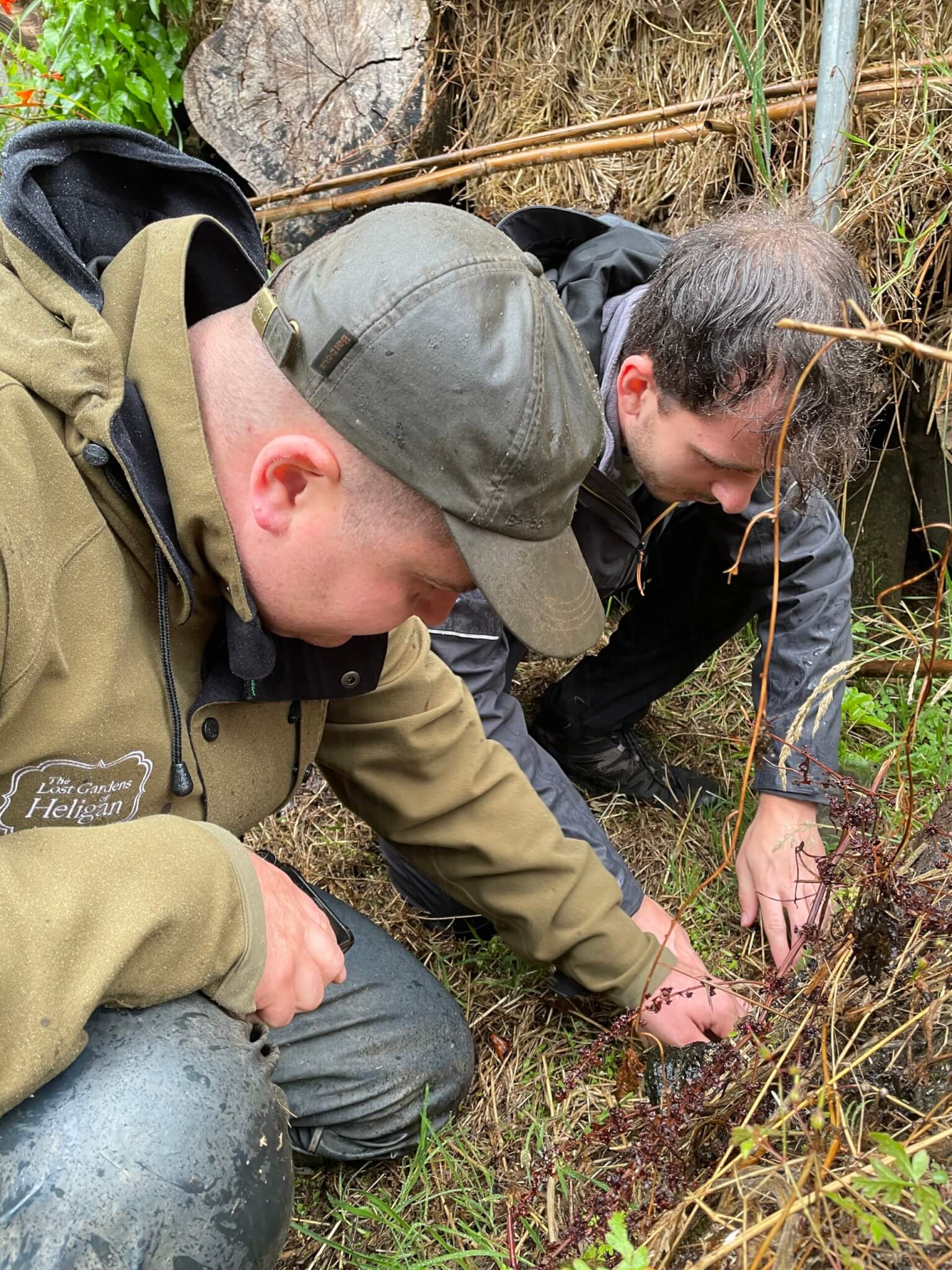
Photo: Toby Davies (TLGOH) and George Turner (Keep It Wild)
A Brighter Future for Glow-Worms
Visitors to The Lost Gardens of Heligan may now have the rare opportunity to see these fascinating creatures glowing in the rough grass areas along the edges of ancient woodlands and Cornish hedgerows. The gardens, already a haven for wildlife, are now playing a crucial role in the national effort to revive the glow-worm population.
Toby Davies, Wildlife Coordinator at Heligan, emphasised the importance of this project, noting, “With glow-worms on the decline across the country, it’s more important than ever to protect this special species. And I hope that other estates will follow suit to us in releasing the glow worms of the future.”
About The Lost Gardens of Heligan
The Lost Gardens of Heligan were rediscovered from the brambles of time by Tim Smit and John Willis, who sparked a 30-year restoration project that continues to this day. Heligan remains one of the most loved and romantic gardens in the UK, appreciated for its beauty and mystery as well as for the groundbreaking restoration effort.
The estate spans over 200 acres, providing a sanctuary for a wide array of wildlife, including a 22-acre Eurasian beaver enclosure established in 2023. Heligan’s Bugginghum Palace, where the glow-worms have been introduced, is thought to be the UK’s largest bug hotel, offering a wide range of nesting spaces for insects and invertebrates.
About Keep It Wild CIC
Keep It Wild (KIW) is a Community Interest Company dedicated to tackling biodiversity loss in the UK. They lead several native animal reintroduction projects at their Species Recovery Centre at Rewilding Coombeshead in Devon. In addition to their wildlife efforts, Keep It Wild also focuses on safeguarding and restoring land to serve as habitats and seed banks for the future.
About Derek Gow Consultancy Ltd
Derek Gow Consultancy Ltd is a team of ecological consultants focused on the conservation of native British wildlife. They specialise in wildlife mitigation, breeding, reintroduction, and translocation of protected British mammals and reptiles, with a specific focus on the water vole. The consultancy has worked with The Lost Gardens of Heligan for many years, including on the reintroduction of beavers to the estate.
As the glow-worms begin to establish themselves in their new home, it is hoped that this effort will inspire other estates to take similar steps in protecting and reintroducing native species. The Lost Gardens of Heligan continues to be a leading example of how historic sites can play a modern role in preserving Britain’s natural heritage.
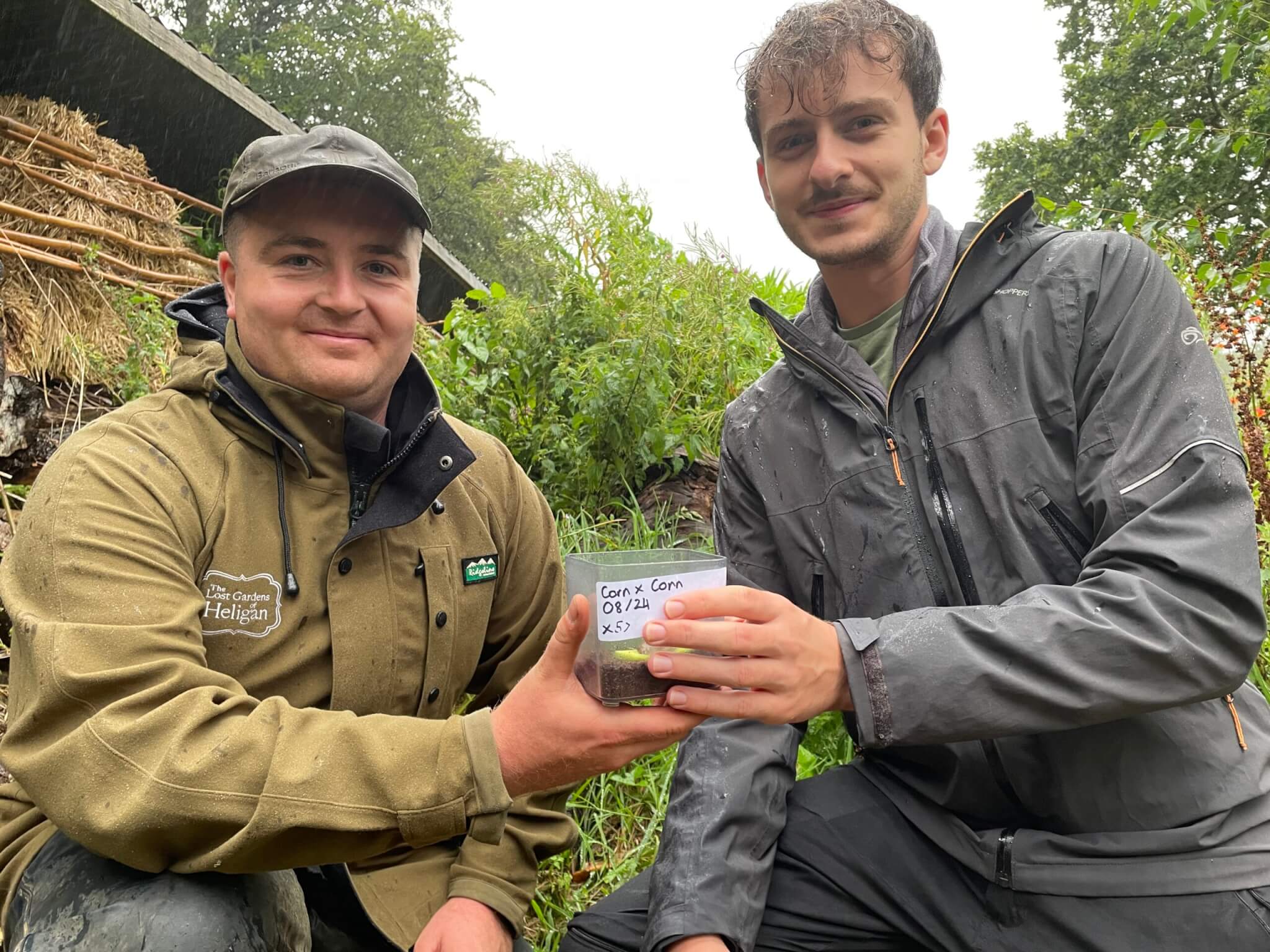
Photo: Toby Davies (TLGOH) and George Turner (Keep It Wild)
Share This Story, Choose Your Platform!
To keep up with the latest cornish news follow us below
Follow CornishStuff on Facebook - Like our Facebook page to get the latest news in your feed and join in the discussions in the comments. Click here to give us a like!
Follow us on Twitter - For the latest breaking news in Cornwall and the latest stories, click here to follow CornishStuff on X.
Follow us on Instagram - We also put the latest news in our Instagram Stories. Click here to follow CornishStuff on Instagram.
You Might Also Be Interested In
Latest News In Cornwall
Daily Cornish news by email
The latest daily news in Cornwall, sent direct to your inbox.

